Towards the Theory of a Unified Hole
November 1–December 20, 2015
Towards the Theory of a Unified Hole
November 1–December 20, 2015
Towards the Theory of a Unified Hole
November 1–December 20, 2015
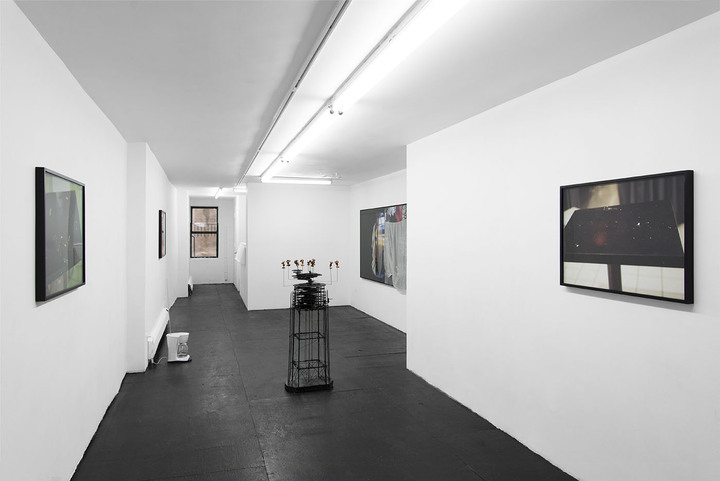
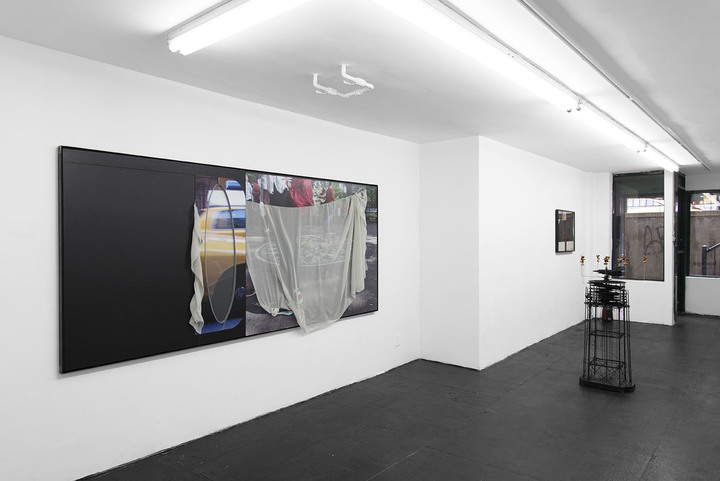
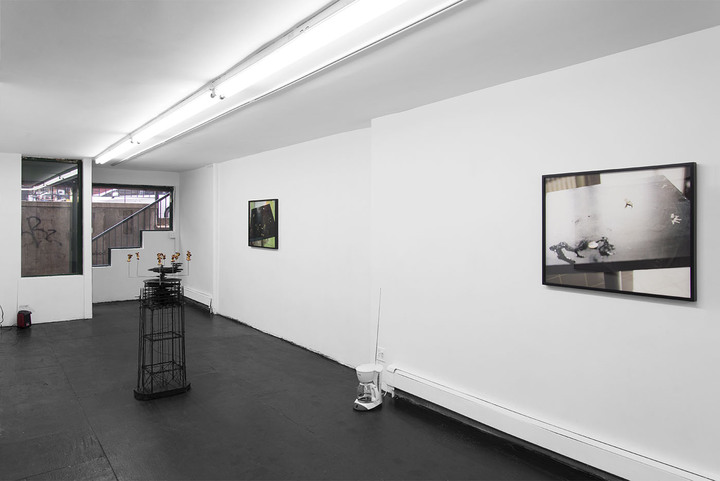

Rose Marcus
Central Park (Imagine Girl), 2015
Inkjet print on adhesive vinyl on sintra, silk, plexi, weatherstripping
49 x 114 in
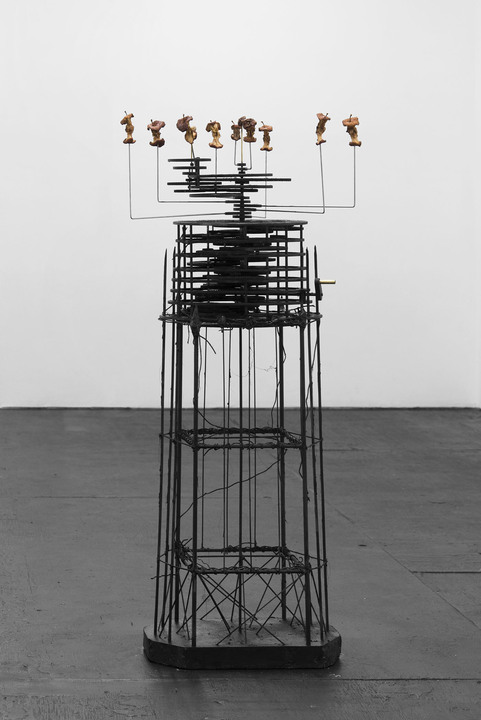
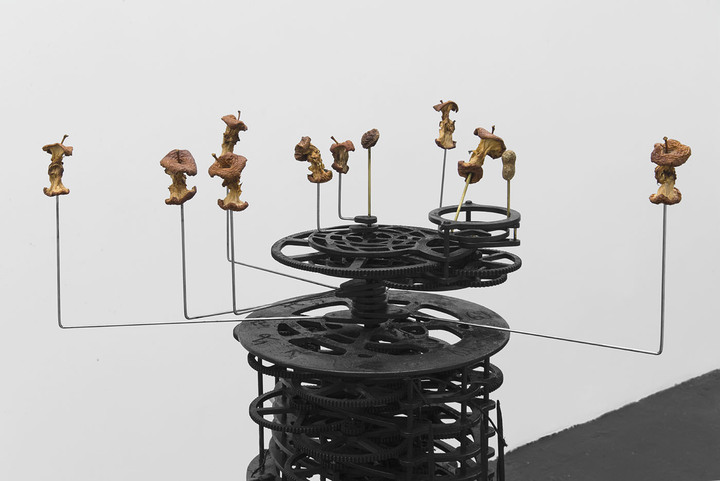
Joel Dean
A human guide to interdimensional politics and shadow policy under a dying sun, 2015
Wood, metal, hydrocal, apple core, peanut, peach pit
engineering design by Dave Goodchild
49 x 29 x 29 in
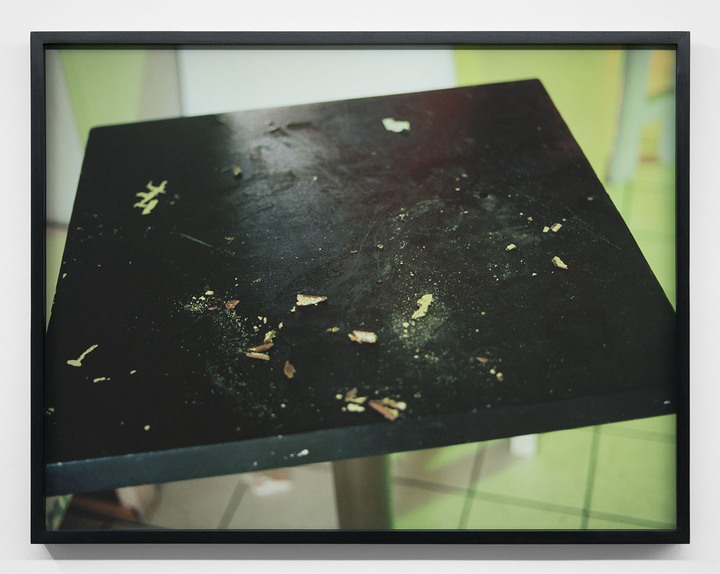
Calla Henkel & Max Pitegoff
Tisch Zwei, 2015
Archival digital photograph
ed. 2/3
25 x 32.5 in

Calla Henkel & Max Pitegoff
Tisch Drei, 2015
Archival digital photograph
ed. 3/3
24 x 32 in
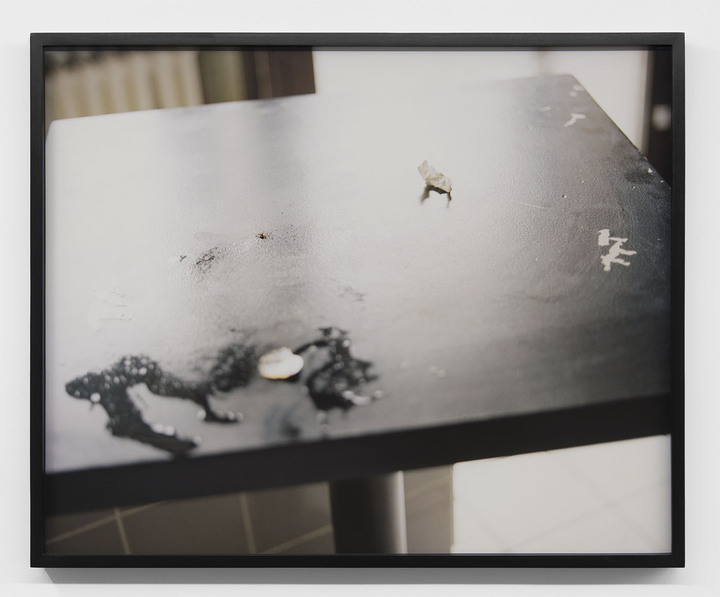
Calla Henkel & Max Pitegoff
Tisch Vier, 2015
Archival digital photograph
ed. 2/3
26.5 x 32.5 in
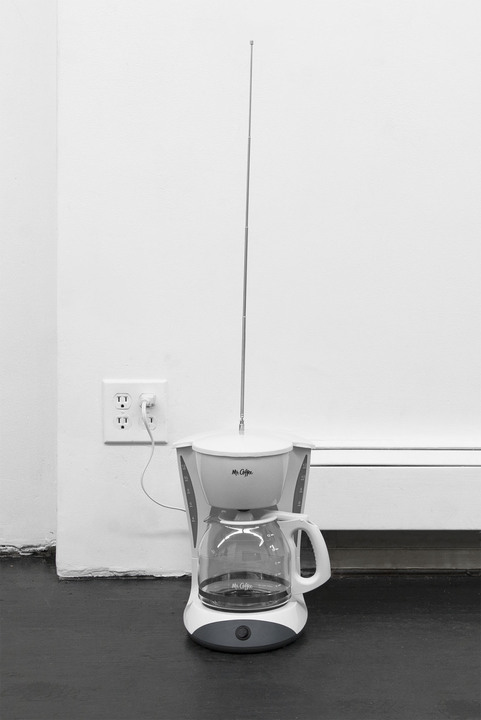
Joel Dean
An object possessed is not a Mr. Coffee Coffee Maker, 2015
Mr. Coffee Coffee Maker, extremely low frequency (elf) receiver, NC1498 radio antenna
38 x 10 x 11 in

Joel Dean
An object possessed is not a WestBend Air Crazy Popcorn Maker, 2015
WestBend Air Crazy Popcorn Maker, extremely low frequency (elf) receiver, NC1498 radio antenna
27 x 7 x 9 in
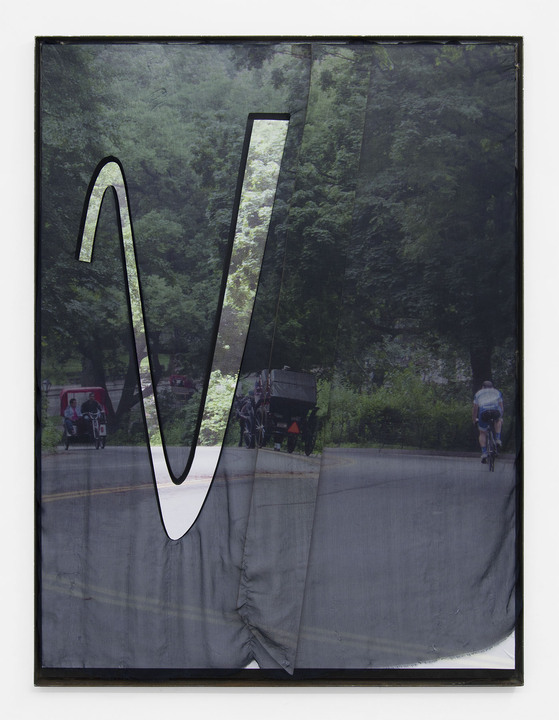
Rose Marcus
Central Park (Three Riders) II, 2015
Inkjet print on adhesive vinyl on sintra, plywood, silk
49 x 37 in

Joel Dean
An object possessed is not a Dyson DC39 Animal Canister Vacuum, 2015
Dyson DC39 Animal Canister Vacuum, extremely low frequency (elf) receiver, NC1498 radio antenna
28 x 12 x 36 in
You can read a grid as the intersection of lines across empty space or the aggregation of a whole lot of evenly spaced squares. Absolute interconnection or collective isolation, and you can't see the one without the other. Sometimes the only way to perceive the dream of a complete system is through its gaps, or a fragment slipped in for the whole. The paralyzed mechanics of a model solar system remind us that the desire for omniscient perspective can be fruitless: everyone knows you shouldn't look at the sun if you want to see it.
Put slightly differently, this is a conversation about figure and ground, or how a black square frames utopia by means of what it excludes. In Calla Henkel and Max Pitegoff's photographs, images of black square tabletops post-event at New Theater reprise a slightly soiled monochrome. In a double movement, the tables' supportive roles are relocated centrally to suggest social communion via its absence. The images speak in deferrals and afterimages – grease, crumbs.
Rose Marcus' photo construction glances at the staging of another proposed utopia: Strawberry Fields in Central Park. Marcus' oblique perspective collapses the circular Lennon memorial into an unmoored ellipse, nodding at that odd process by which a discrete piece of ground is imagined into a figure of transcendent unity.
If a certain pregnant silence arises from these passages through negative space, it is undercut by Joel Dean's "earth radios," which cajole the void into singing the system. Domestic electronics embedded with low-frequency radios transmit the ordinarily imperceptible vibrations of their surroundings. Electrical circuits, cell phones, gallery floor, and the earth emerge as a low hum: pure speech, without any object.
—Josephine Graf
Put slightly differently, this is a conversation about figure and ground, or how a black square frames utopia by means of what it excludes. In Calla Henkel and Max Pitegoff's photographs, images of black square tabletops post-event at New Theater reprise a slightly soiled monochrome. In a double movement, the tables' supportive roles are relocated centrally to suggest social communion via its absence. The images speak in deferrals and afterimages – grease, crumbs.
Rose Marcus' photo construction glances at the staging of another proposed utopia: Strawberry Fields in Central Park. Marcus' oblique perspective collapses the circular Lennon memorial into an unmoored ellipse, nodding at that odd process by which a discrete piece of ground is imagined into a figure of transcendent unity.
If a certain pregnant silence arises from these passages through negative space, it is undercut by Joel Dean's "earth radios," which cajole the void into singing the system. Domestic electronics embedded with low-frequency radios transmit the ordinarily imperceptible vibrations of their surroundings. Electrical circuits, cell phones, gallery floor, and the earth emerge as a low hum: pure speech, without any object.
—Josephine Graf